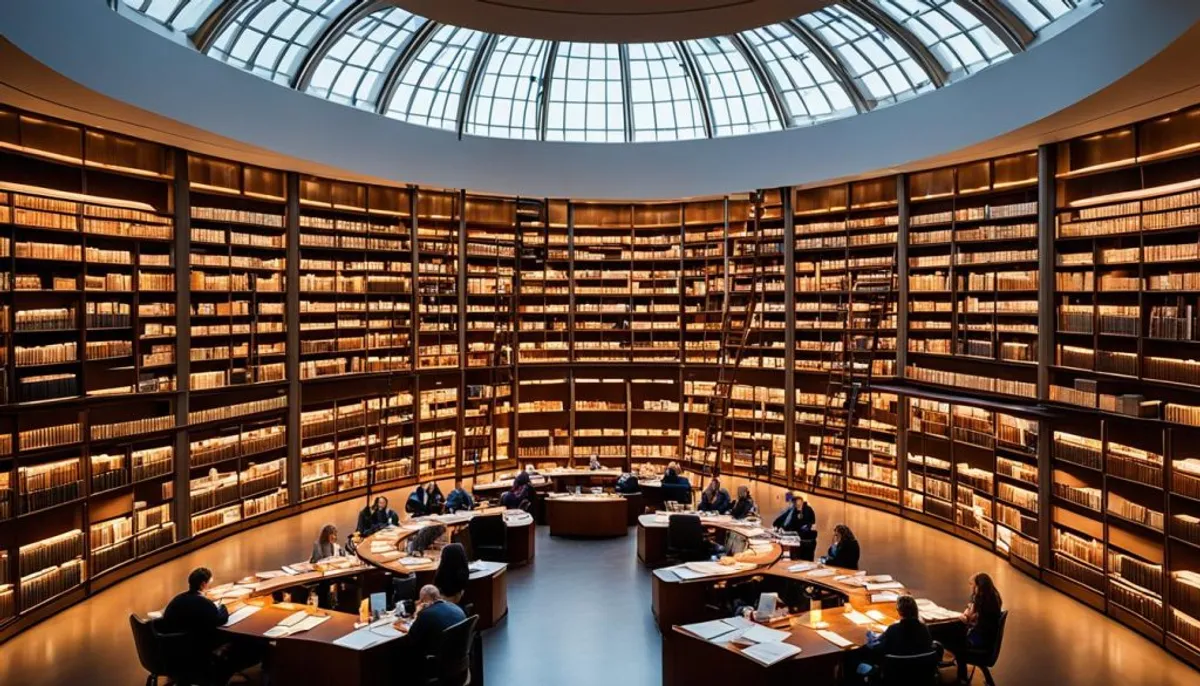The cultural heritage encompasses various elements such as artifacts, monuments, and sites. They hold historical, artistic, and social values. There is also tangible heritage and intangible cultural heritage, such as traditions and know-how.
This heritage is essential for our identity and our history. It must be preserved for future generations. It also helps maintain cultural diversity and promotes intercultural dialogue.

The world heritage of UNESCO showcases the cultural richness of our planet. The conservation of this heritage, whether tangible or intangible, is crucial. Countries implement protection and enhancement policies.
Cultural tourism helps promote this heritage. It raises public awareness of its value.
What is cultural heritage?
Cultural heritage is a rich and complex concept. It includes tangible or intangible assets with artistic, historical, or cultural value. This can be a building, a tradition, or a skill. Cultural heritage is the legacy of our communities and nations.
Definition of cultural heritage
Cultural heritage can be private or state-owned. It is preserved, restored, and shared with the public. It is divided into two categories:
- Tangible heritage, which includes buildings, architecture, archaeological sites, and more.
- Intangible heritage, which encompasses traditions, know-how, and cultural knowledge.
These elements of cultural heritage demonstrate the diversity of cultures. Their preservation is essential for future generations.
Tangible and intangible heritage
Cultural heritage is divided into two main parts: tangible heritage and intangible heritage. Each type is crucial for preserving and sharing a community's legacy.
Tangible heritage
Tangible cultural heritage includes tangible assets such as buildings, architecture, and historical sites. It also includes works of art and industrial heritage. These elements reflect the history and identity of a community.
Intangible heritage
Intangible cultural heritage encompasses oral traditions, performing arts, and rituals. It also includes knowledge of traditional craftsmanship. This heritage is fragile but vital for cultural diversity.
Tangible heritage and intangible heritage form the core of cultural heritage. They provide a comprehensive view of a society's legacy. They enrich and protect traditions.

Emergence and recognition of cultural heritage
The concept of cultural heritage began in the Middle Ages and the Renaissance. During this time, people started thinking about the preservation of special objects.
Heritage in the Middle Ages and the Renaissance
The first elements seen as heritage were the relics of saints, regalia, and collections of royal and princely libraries. It also included archives of religious and royal institutions and ancient buildings. In the Renaissance, in Italy, European cultural heritage began to take shape with treasures and collections.
The genesis of the notion of heritage is linked to these periods. The value of these objects and places was gradually understood. This created the heritage of the Middle Ages and the heritage of the Renaissance.
This recognition paved the way for the official protection of cultural heritage. This protection has strengthened over the centuries.
The idea of heritage during the Enlightenment
The eighteenth century, marked by the Enlightenment, saw the birth of the idea of heritage. The French Revolution was crucial for the protection of cultural properties. The report of Abbé Grégoire emphasizes that "public respect particularly surrounds national objects which, being owned by no one, are the property of all."
Quatremère de Quincy sees heritage as a whole, where the place is more important than the object. However, this protection evolved slowly. The first protected properties were mainly works of art and books.
- Heritage during the Enlightenment begins to emerge
- The French Revolution plays a major role in the protection of cultural properties
- Abbé Grégoire asserts that heritage is the property of all
- Quatremère de Quincy develops a vision of heritage focused on place rather than on the object
- The protection of heritage is gradually established, mainly for works of art and books
| Concept | Contributor | Contribution |
|---|---|---|
| Heritage | Abbé Grégoire | Affirmation that heritage is the property of all |
| Heritage | Quatremère de Quincy | Development of a vision focused on place rather than on the object |

Structuring the protection of heritage in the 19th century
The 19th century saw the organization of the protection of cultural heritage in France. In 1804, the state transferred the libraries resulting from revolutionary deposits to municipalities. The Ministry of Public Instruction oversees them. Several circulars encourage the conservation and enrichment of these collections.
A position of Inspector of Libraries was created. Its mission is to protect the collections. These inspectors ensure the proper management and safeguarding of the heritage of French libraries.
A legal and administrative framework is developing to protect heritage in France. This evolution shows the growing importance of preserving the country's cultural treasures.
The 19th century is crucial for the recognition and safeguarding of French cultural heritage. This lays the groundwork for international actions in the 20th century.
International recognition in the 20th century
After World War I, the notion of cultural heritage expanded. The International Commission for Intellectual Cooperation was created in 1921. It later became UNESCO. This organization is crucial for the protection and promotion of world cultural heritage.
After World War II, UNESCO was established in 1945. In 1972, it created the Convention for the Protection of World Cultural and Natural Heritage. This convention allows for the listing of world heritage sites, including in France.
In France, the decree of February 10, 1976, formalizes this convention. This gives international recognition to the world heritage of France. Many sites in France are now recognized by this list, showcasing the richness and diversity of our cultural heritage.
| Year | Event |
|---|---|
| 1921 | Creation of the International Commission for Intellectual Cooperation, ancestor of UNESCO |
| 1945 | Foundation of UNESCO |
| 1972 | Establishment of the Convention for the Protection of World Heritage, cultural and natural |
| 1976 | Officialization of the convention in France |
What is intangible cultural heritage?
Intangible cultural heritage encompasses traditions, expressions, knowledge, and skills passed down from generation to generation. It is crucial for maintaining cultural diversity in the face of globalization. This heritage, fragile yet precious, strengthens social cohesion and identity. It connects the past, present, and future.
Intangible cultural heritage is recognized when communities identify and value it. UNESCO is essential for its recognition and intergenerational transmission.
| Elements of intangible cultural heritage | Examples |
|---|---|
| Oral traditions and expressions | Tales, epics, proverbs, riddles, songs, etc. |
| Performing arts | Theater, music, dance, etc. |
| Social practices, rituals, and festive events | Ceremonies, traditional festivals, etc. |
| Knowledge and practices concerning nature and the universe | Knowledge and practices related to agriculture, traditional medicine, etc. |
| Skills related to traditional craftsmanship | Weaving, pottery, jewelry-making techniques, etc. |
Intangible cultural heritage is vital for transmitting traditions and knowledge. It promotes cultural diversity and social cohesion within communities.
Conclusion
Cultural heritage, whether tangible or intangible, is very valuable. It creates the identity and history of a community. It is crucial to preserve and transmit it to maintain cultural diversity.
Historical monuments, traditions, and artisanal know-how are among the elements to protect. They must be valued so that future generations can benefit from them.
States and UNESCO work hard to preserve this rich heritage. The preservation and transmission of heritage are essential. They ensure the perpetuity of the importance of cultural heritage in our societies.
Cultural heritage, with its diversity, shapes the identity of a people. It reflects its history. It is a link between the past, present, and future. It must be maintained and celebrated for future generations.
RelatedRelated articles


